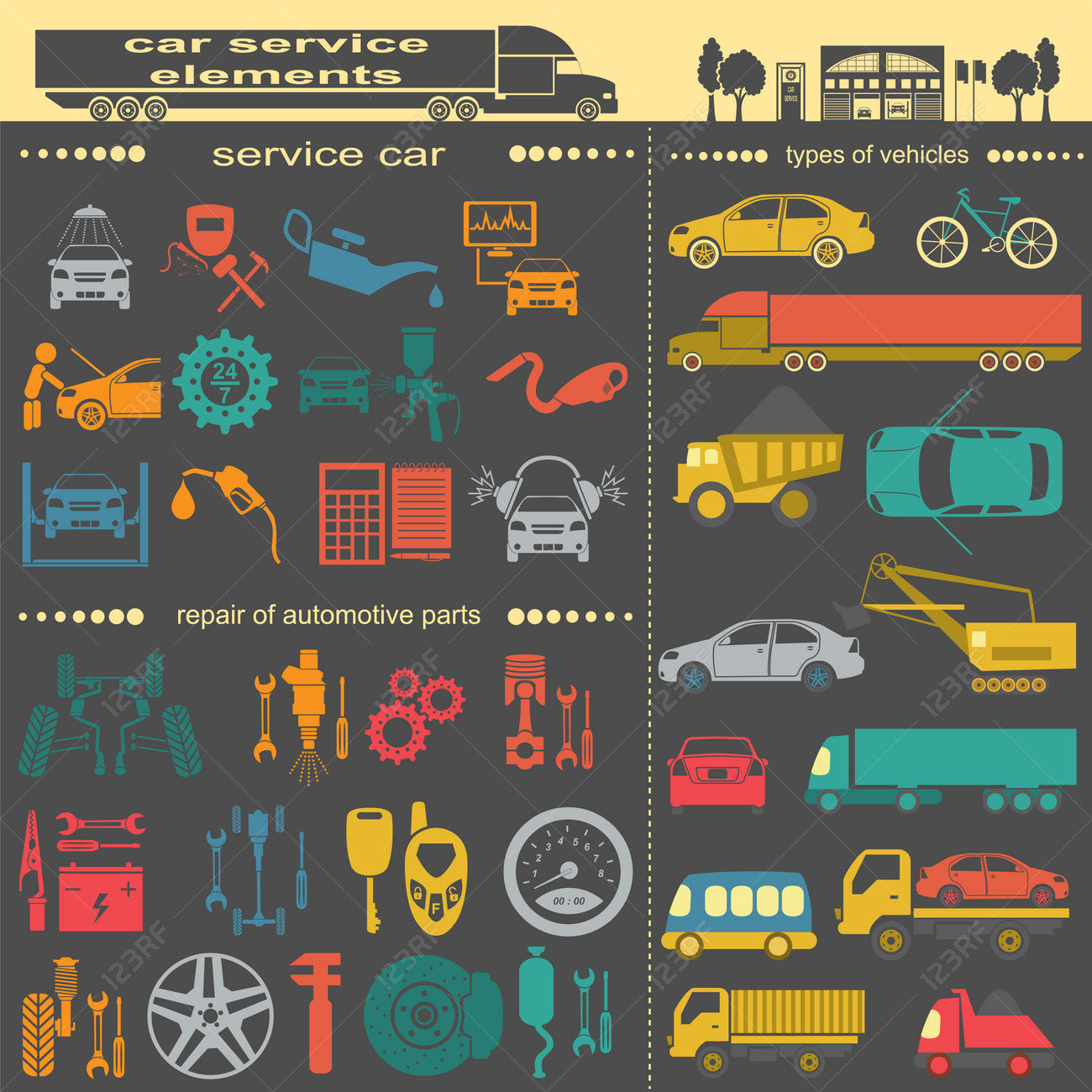Examining Your Cars And Truck'S Warning Indicators: What They Really Communicate
Examining Your Cars And Truck'S Warning Indicators: What They Really Communicate
Blog Article
Write-Up By-Vinson Forbes
When you lag the wheel, those radiant warning lights on your control panel can be a bit perplexing. Do you understand what they're trying to tell you regarding your vehicle's wellness? Recognizing the relevance of these lights is essential for your security and the long life of your automobile. So, the next time among those lights appears, would not you want to decode its message precisely and take the required steps to address it?
Common Caution Lights and Interpretations
Determine usual warning lights in your automobile and understand their meanings to make sure safe driving.
The most normal caution lights consist of the check engine light, which indicates problems with the engine or emissions system. If car groomer near me begins, it's crucial to have your car inspected promptly.
The oil pressure warning light shows low oil stress, needing prompt attention to prevent engine damage.
A flashing battery light might suggest a faulty billing system, possibly leaving you stranded otherwise dealt with.
The tire stress monitoring system (TPMS) light notifies you to low tire stress, affecting lorry security and gas efficiency. Neglecting this could bring about harmful driving conditions.
The ABS light shows a problem with the anti-lock stopping system, endangering your capacity to quit swiftly in emergency situations.
Last but not least, the coolant temperature advising light warns of engine getting too hot, which can cause severe damage otherwise solved swiftly.
Recognizing these usual caution lights will certainly aid you address issues without delay and preserve risk-free driving problems.
Relevance of Prompt Interest
Recognizing the usual warning lights in your cars and truck is only the first step; the value of without delay attending to these warnings can't be stressed sufficient to guarantee your safety and security on the road.
When a caution light illuminates on your control panel, it's your vehicle's means of connecting a potential concern that requires focus. Neglecting these cautions can cause more serious problems later on, compromising your security and potentially costing you more out of commission.
Trigger attention to cautioning lights can stop break downs and mishaps. For https://ecutuningforbeginners30516.actoblog.com/30805057/the-relationship-in-between-auto-outlining-and-resale-worth-what-research-discloses , a flashing check engine light can indicate a misfire that, if left neglected, can cause damage to the catalytic converter. Resolving bestcarvaletauckland without delay can save you from a costly repair work.
In a similar way, a brake system cautioning light could signify low brake liquid or worn brake pads, important elements for your safety and security when driving.
Do It Yourself Troubleshooting Tips
If you observe a warning light on your dashboard, there are a few DIY fixing suggestions you can attempt prior to seeking professional help.
The initial step is to consult your car's manual to comprehend what the specific caution light suggests. Sometimes car valet service near me can be as basic as a loosened gas cap triggering the check engine light. Tightening up the gas cap may resolve the problem.
Another usual concern is a low battery, which can activate numerous cautioning lights. Examining the battery connections for corrosion and ensuring they're protected may repair the problem.
If a warning light lingers, you can try resetting it by separating the vehicle's battery for a few minutes and after that reconnecting it. Furthermore, checking your car's fluid degrees, such as oil, coolant, and brake liquid, can help fix cautioning lights related to these systems.
Verdict
In conclusion, comprehending your vehicle's warning lights is essential for keeping your car running efficiently and safely. By immediately resolving these signals and recognizing what they imply, you can avoid expensive fixings and potential failures.
Bear in mind to consult your vehicle's handbook for particular details on each cautioning light and do something about it accordingly to ensure a hassle-free driving experience.
Stay informed, remain risk-free when driving!
